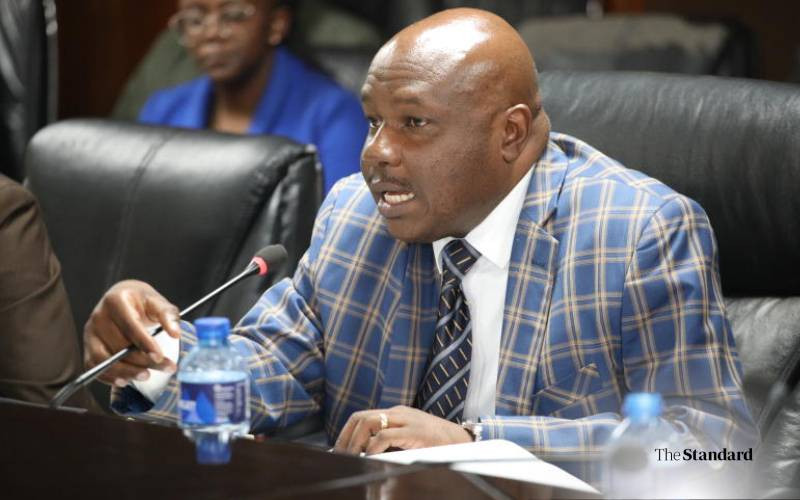WATCH | Hi-tech drones and cameras help intercept 1,000 illegal crossings into SA
The Border Management Authority (BMA) says its deployment of drones and body-worn cameras has significantly improved the country’s ability to detect and intercept illegal border crossings with more than 1,000 individuals stopped in just four days over Easter.
Michael Masiapato, commissioner of the BMA, credited the rapid success to advanced surveillance technology rolled out as part of the authority’s operational plans to secure South Africa’s borders.
“It is for that reason that we can talk about 1,000 plus people who have been intercepted in just the past four days. It is because of the drones,” said Masiapato.
Masiapato said the use of surveillance drones and wearable cameras has provided border guards with real-time intelligence and visual monitoring, particularly in high-risk places such as rivers and informal crossings.
“When you do this kind of work without drones, it becomes very expensive and ineffective, primarily because you are just patrolling,” he said.
“You’re patrolling in the dark. You do not know whether you will get people or even meet people. But now with the drones we are able to monitor all of the vulnerable segments. We are able to monitor the ports and the corridors.”
Speaking specifically about operations at the Beitbridge border post with Zimbabwe, Masiapato described how drones have allowed teams to track individuals being ferried across the Limpopo River in boats.
“We are able to see people being put into boats and crossing the river. So as they come through, we're able to send the co-ordinates to our border guards and they are intercepted,” he said.
South Africa shares borders with six countries: Lesotho, Botswana, Eswatini, Mozambique, Namibia and Zimbabwe and has long battled illegal migration, cross-border crime and delays at ports of entry — problems often compounded by ageing infrastructure and corruption.
Earlier this month, home affairs minister Leon Schreiber announced that the BMA would be deploying four hi-tech drones and 40 body-worn cameras at key points along the border during the Easter holidays, building on a successful pilot conducted over the December festive season.
“In terms of the capabilities, these drones launch within 15 sectors. Any indication that they are required or if there’s a disturbance, they will be in the air immediately,” said Schreiber.
“They have thermal vision detection so you cannot hide behind a tree or bush because your body heat will be detected. The long-range zoom lens can see up to 2km and of course it has a very advanced camera that is able to record and detect movement.”
The technology is further reinforced through a partnership with the department of agriculture, which has provided five additional drone units to support operations.
Masiapato said the authority is intensifying efforts to crack down on syndicates facilitating illegal migration.
“The most important thing that we are looking at implementing is a targeted approach where we identify the facilitators and get them arrested. When we arrest the facilitators, we open a criminal case for aiding and abetting under a section of the Immigration Act.”








